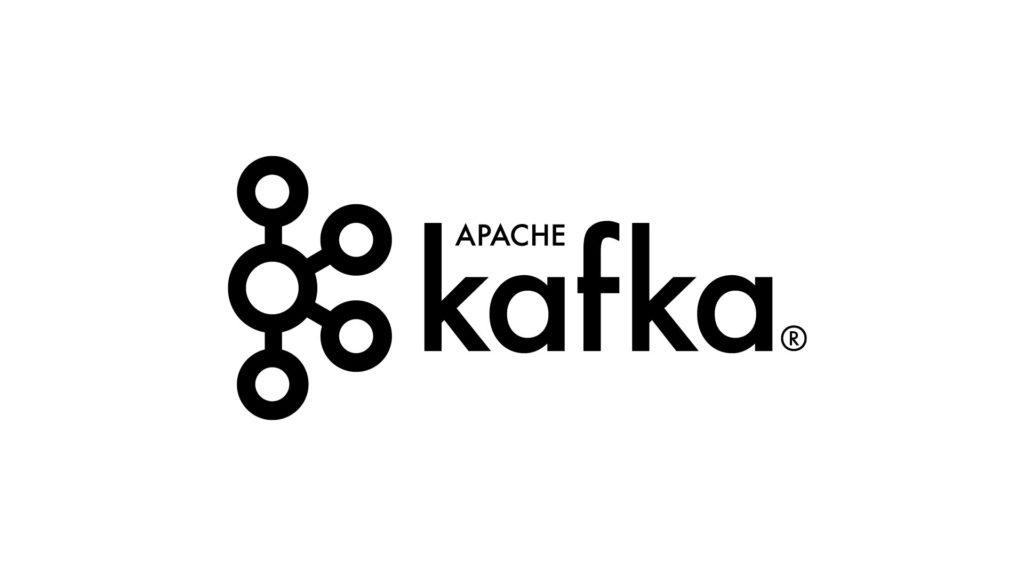Kafka is a big data service used by many enterprises to move data between other systems and it has become an essential part of many infrastructures. It provides uniform ways to allow for both batch and stream analytics as well as helping organizations provide pipelines for publishing data to other systems. The Kafka ecosystem supports a very broad set of operations and use cases. These include:
- Stream processing
- Event-driven applications
- Integrating data systems using Kafka connectors
- And more
For this reason, decisions made in the deployment of Kafka and its supporting components can have a powerful influence on the data infrastructure for the whole company. It also demonstrates the ways in which storage and identity are important for successful deployment and scaling of a Kafka cluster. Throughout the remainder of this article, we’ll look at how Kubernetes helps you stream data.
Kafka Essentials
Kafka is a message system which can be used to build data streams. It is used to manage the flow of data and ensure that data is delivered to where it is intended to go. Data streams can operate upon explicit types of data: things like patients, orders, diagnosis, treatments, or orders in healthcare; or things like sales, shipments, and returns in general business. But it is not limited to that, it can also be used to model the actions and events which produce certain types of objects and results. Treating data as a stream allows the creation of applications that process and respond to specific events, and in the process, trigger other important actions.
Kafka provides two main use cases which make it an “application hub”:
- Stream processing which enables continuous, real-time applications to react to, process and transform streams
- Data integration: the streaming platform captures streams of events and feeds those to other data systems including Hadoop, NoSQL (key/value systems or document stores), and relational databases.
To make it effective as a streaming platform, Kafka provides:
- Real-time publication/subscription at large scale. Kafka’s implementation allows for low latency, making it possible for real-time applications to leverage Kafka on time-sensitive data and still operate at scale.
- Capabilities for processing and storing data. Kafka is slightly different from other messaging applications, like RabbitMQ, in that it stores data for a period of time. The storage of data for periods of time allows for replaying of the data, as well as integration with batch-systems like Hadoop or Spark.
Kafka organizes its stream of records as a commit log into streams which are published as “topics”. A topic is multi-subscriber and can be consumed by one application or many. “Consumers” are responsible for tracking their position, which allows for different types of consumers to process messages at their own pace. Consumers can be organized into “Groups” to allow for horizontal scalability of the same type of consumer.
Start Your Transformation with DVO Consulting! Put Apache Kafka To Use
Contact us to learn more about the streaming platform and how DVO Consulting can help you with your business processes. Our team of engineers will discuss your unique needs and how we can build Kafka-based event streaming platforms in your organization.

